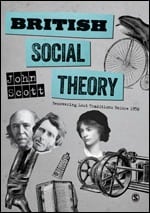
Ancient philosophers on mental illness

news, new scholarship & more from around the world

https://www.youtube.com/watch?v=a3hSntybycM&list=PLoKiPe_GviWbgnSjbTR3D6l3Ne7nONJTM&index=40

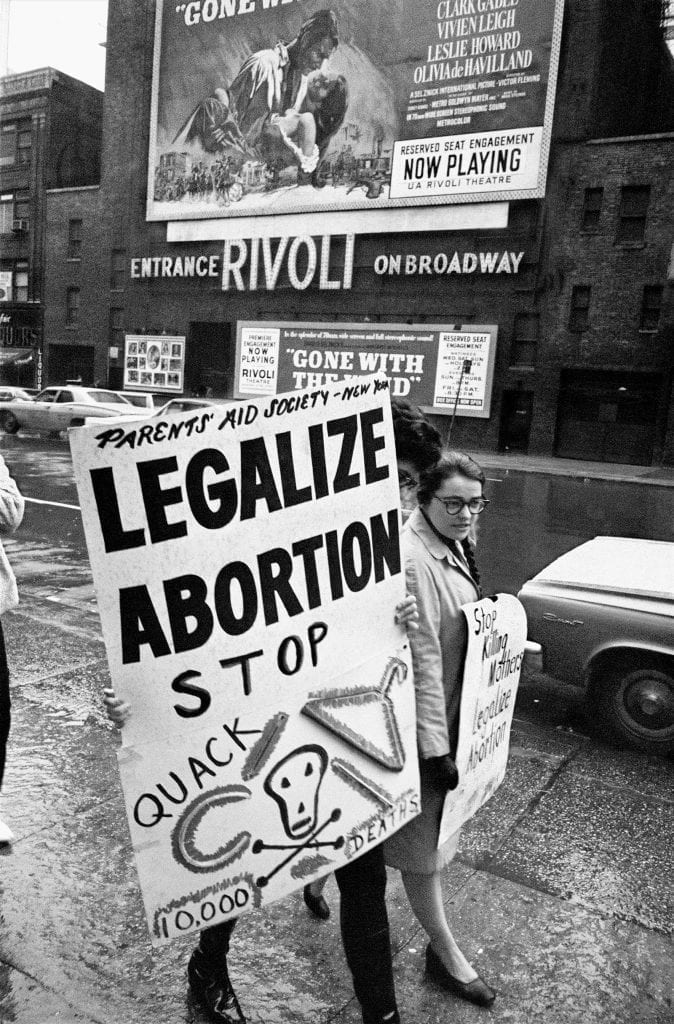
Abortion rights demonstrators, New York City, 1968
https://www.youtube.com/watch?v=Cng4lQ2vrzI&index=26&list=PLoKiPe_GviWbgnSjbTR3D6l3Ne7nONJTM

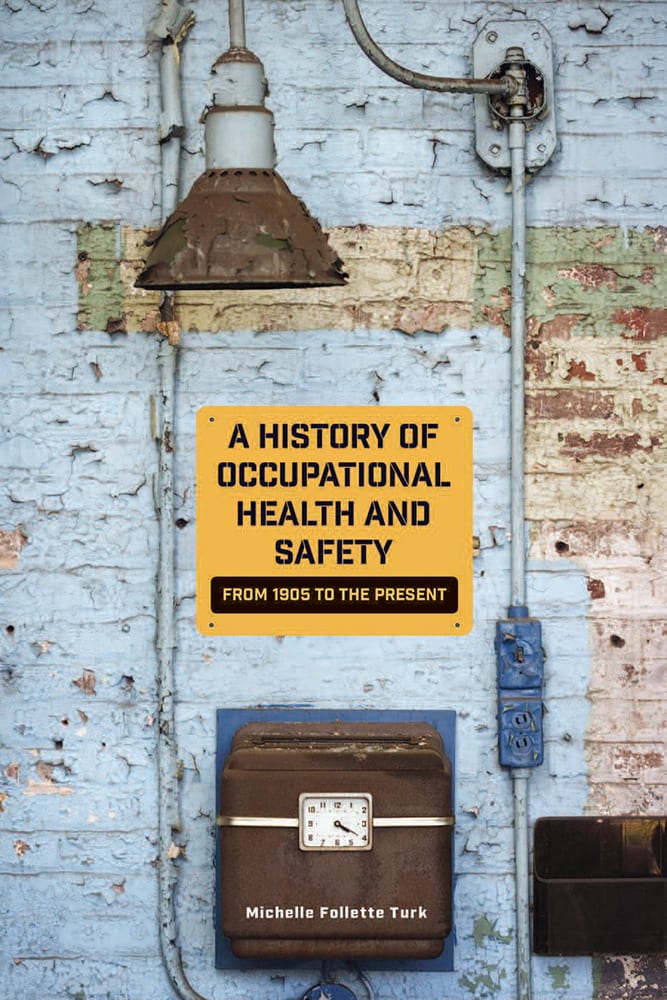
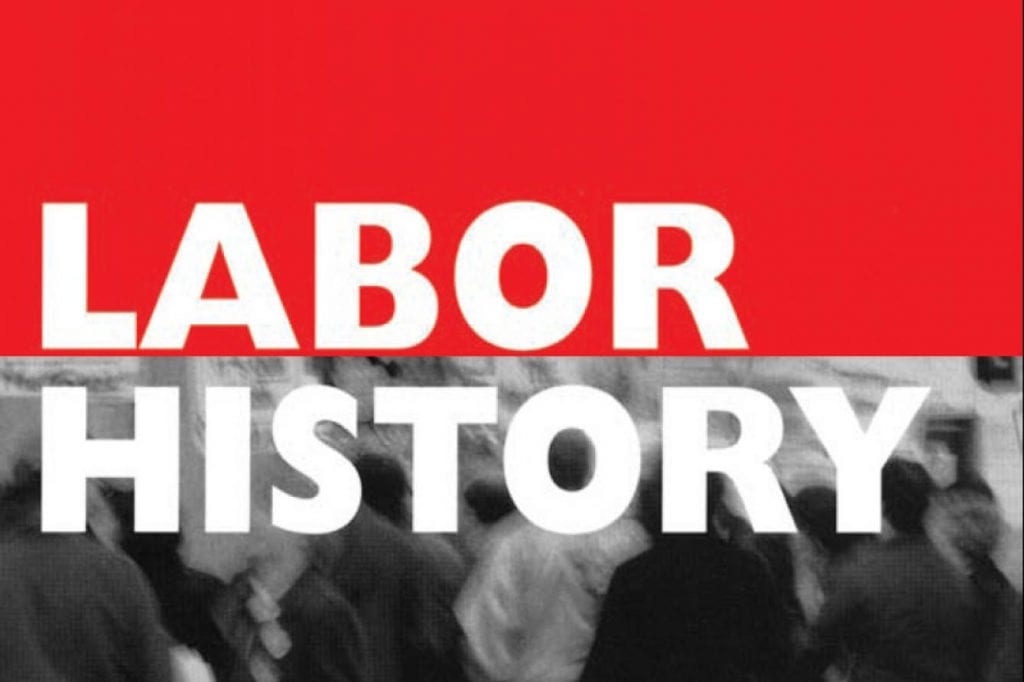
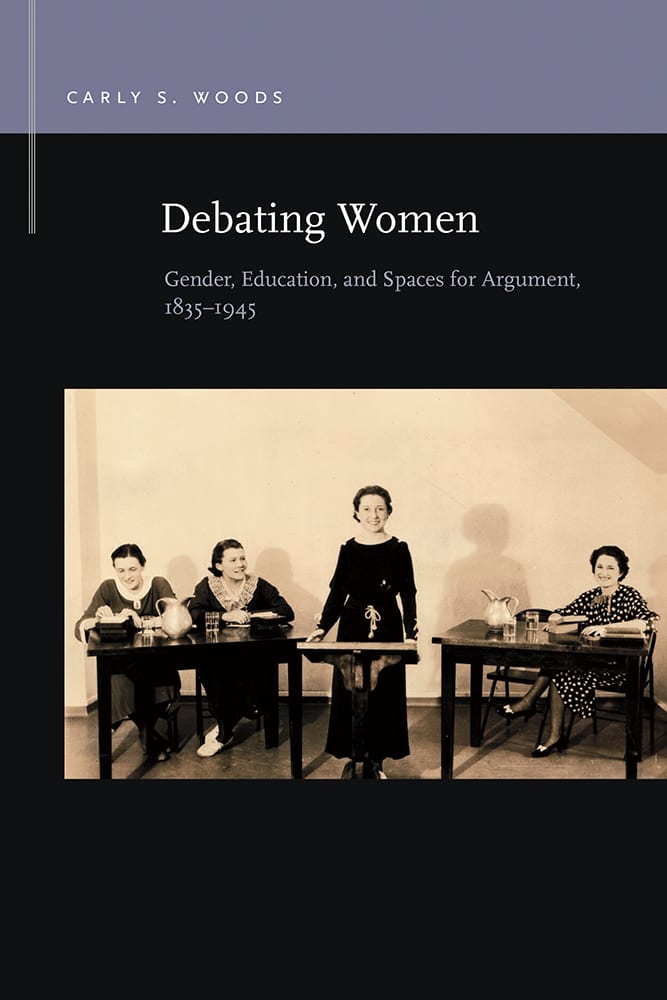
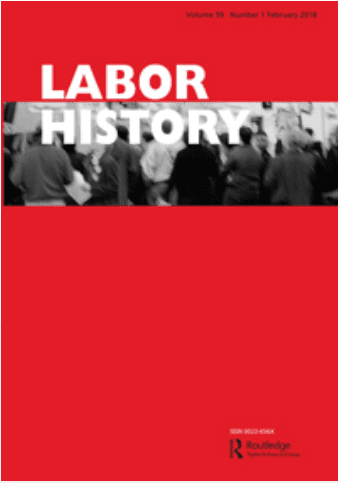
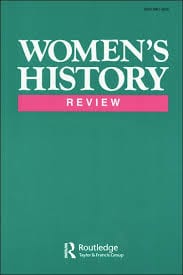
https://www.youtube.com/watch?v=i5X3NRD00FY

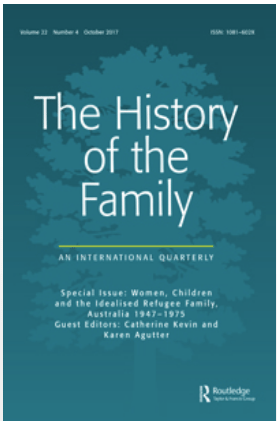
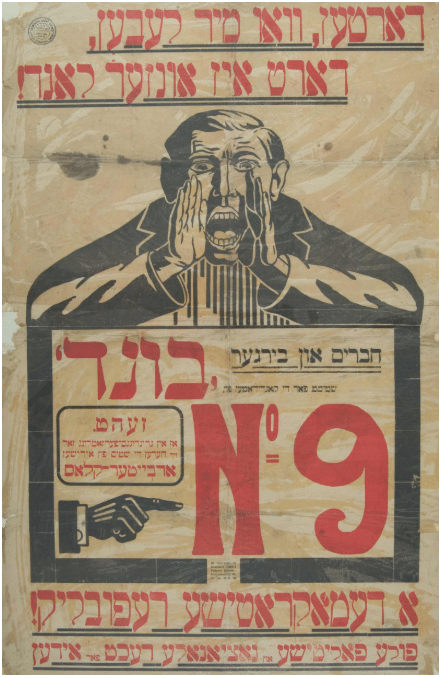
A Yiddish poster for the Jewish Labor Bund reads: “There, where we live, there is our country! A democratic republic! Full political and national rights for Jews. Ensure that the voice of the Jewish working class is heard at the Constituent Assembly,” Kiev, circa 1918


If engaging with the public is indeed part of the job of the professor, then universities ought to protect professors who take up the task.
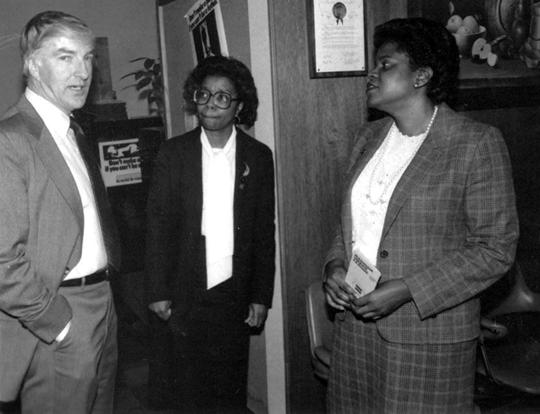
Then-Urban League executive director Betty Franklin-Hammonds, center, along with then-president of the Greater Madison Chamber of Commerce Bob Brennan, left, and then-president of the League’s board of directors, Darl Drummond.
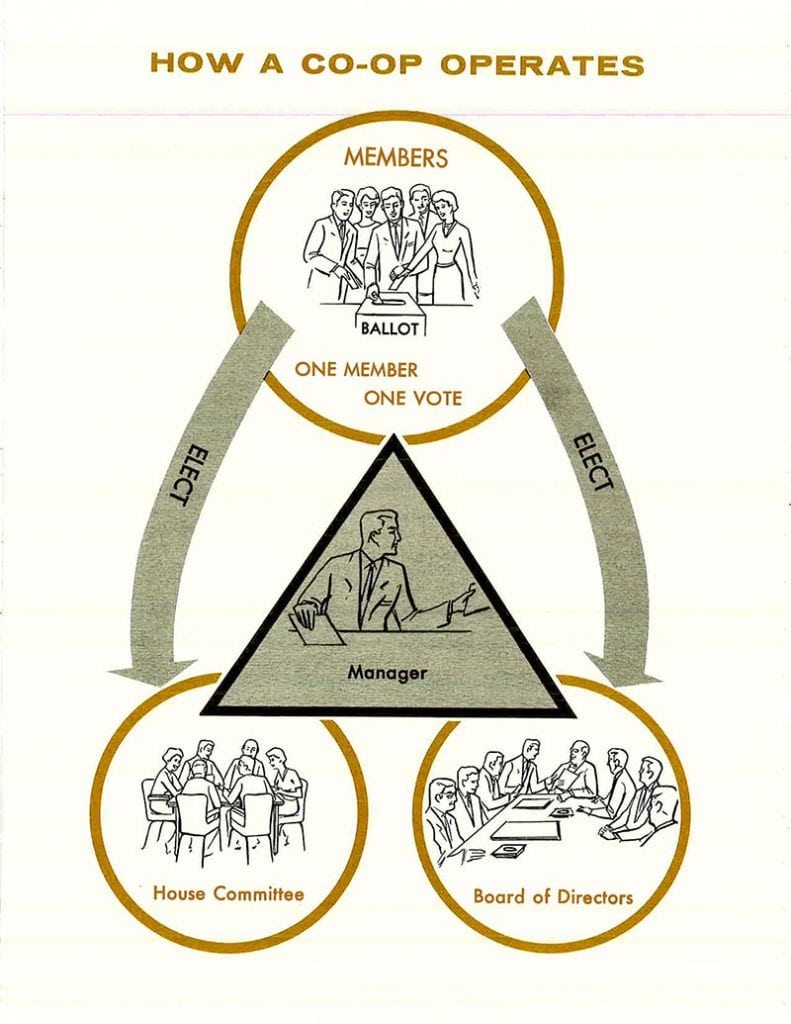
The labor movement once built thousands of low-cost co-op apartments for working class New Yorkers. It could do so again. Above: A 1957 diagram shows how Amalgamated Houses and other cooperatives govern themselves: one member, one vote.


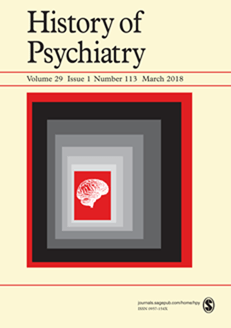
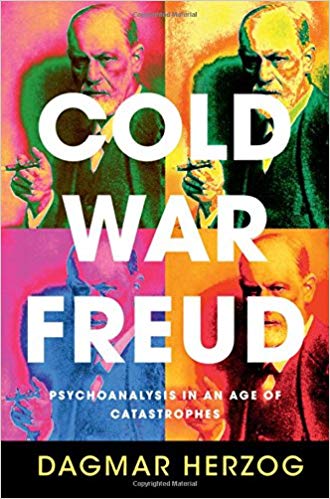

‘William Beveridge’s universal safety net was a great leap forward – though never quite what it claimed to be: there are no silver bullets.’
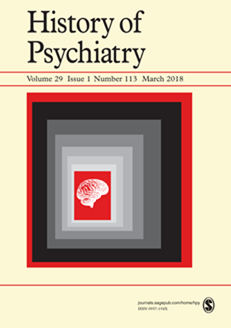
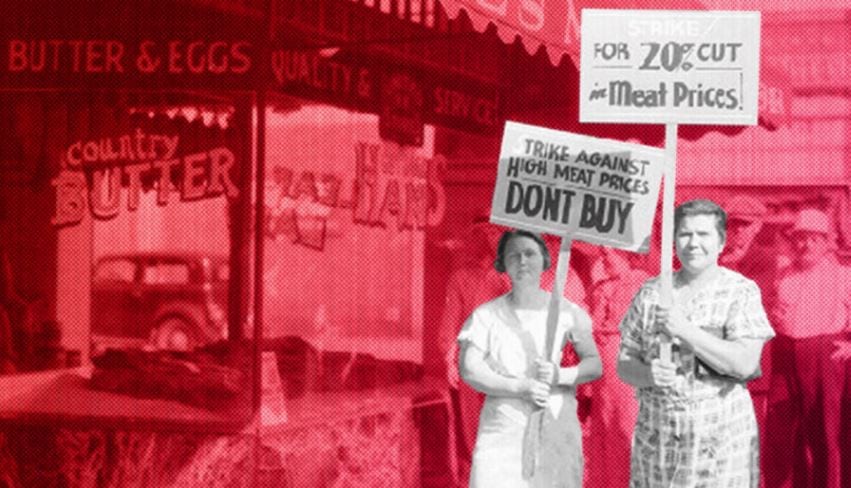
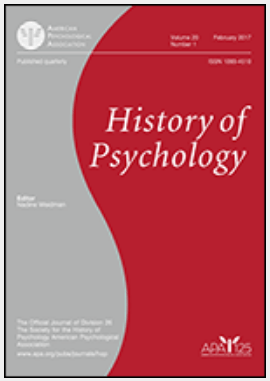

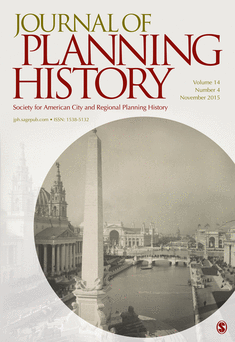
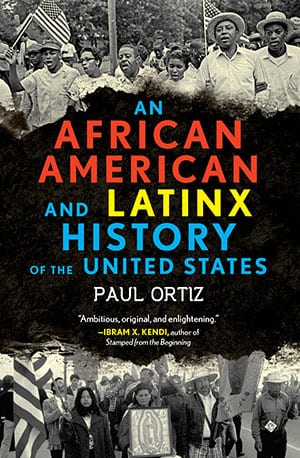
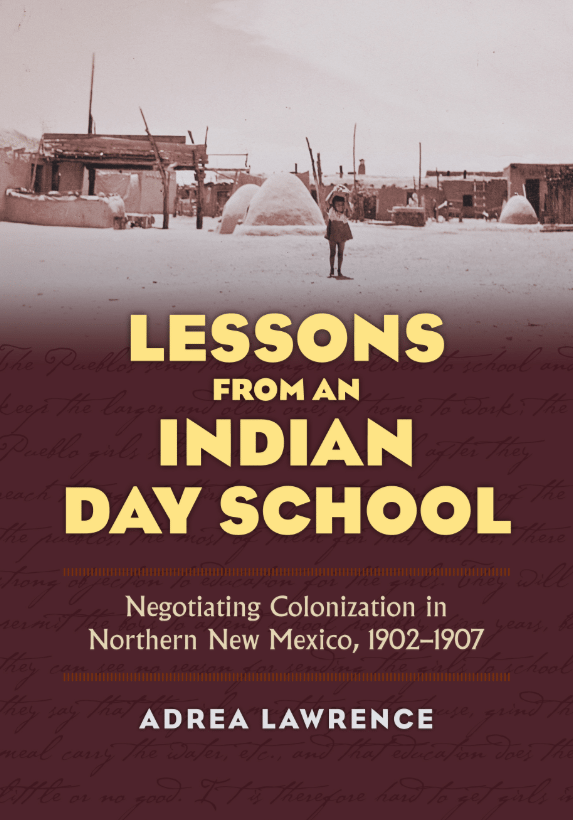
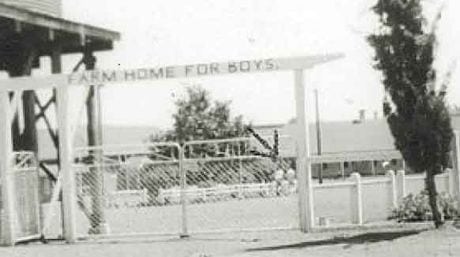
Westbrook Farm Home for Boys in Queensland, Australia, existed in various forms for over 100 years.


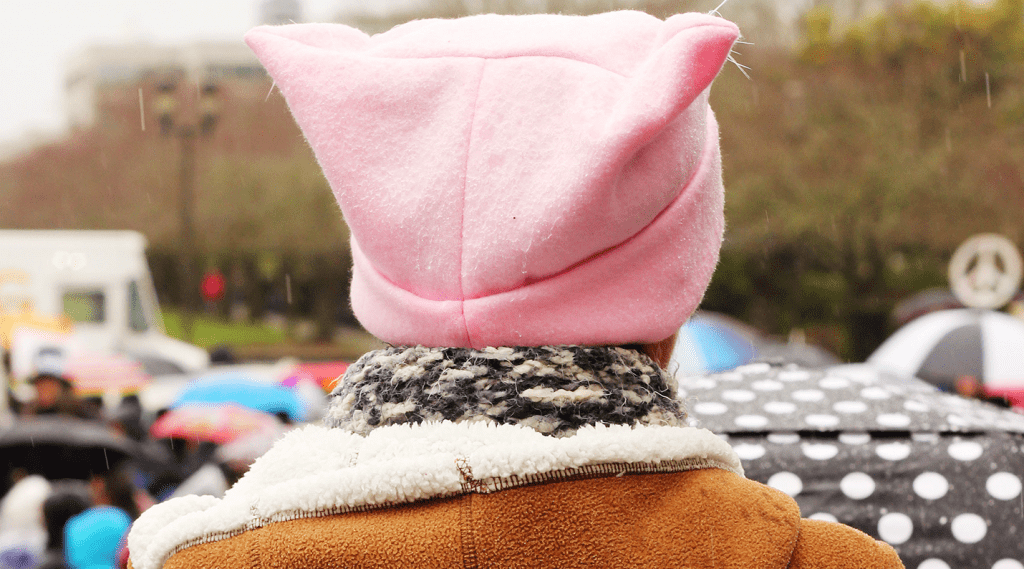
“1 in 5” is one of the most high-profile and contested statistics in the media today. Referring to the number of women who experience sexual assault during their time in college, “1 in 5” is frequently invoked by activists to intensify public efforts to identify, prevent, and prosecute sexual assault. At the same time, it is roundly critiqued by those who feel it is an inflated, politically motivated number that creates mass hysteria rather than sound policy.

President Johnson signing the Food Stamp Act of 1964
https://www.youtube.com/watch?v=NA46247srW4

The decade of the 1950s is well known among historians of psychiatry for the unprecedented shift toward psychopharmacological solutions to mental health problems. More psychiatric medications were introduced than ever before or since (Healy, 2002). While psychiatric researchers later credited these drugs, in part, for controlling psychotic, depressive, and anxious symptoms—and subsequently for emptying decaying psychiatric institutions throughout the Western world—psychiatrists also produced a number of other theories that relied on a more delicate and nuanced blending of psychotherapy and psychopharmacology.
https://www.youtube.com/watch?v=7cmpY8NaAOE
